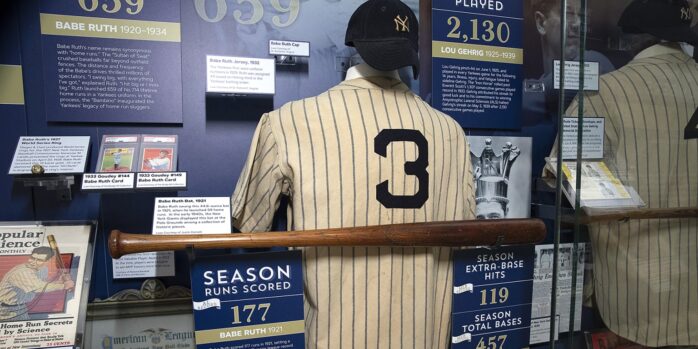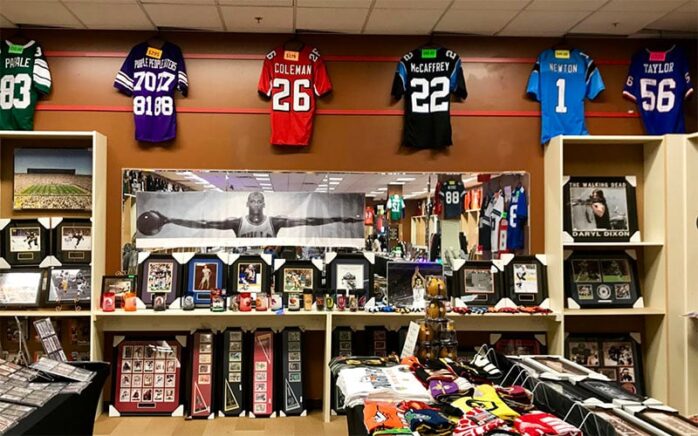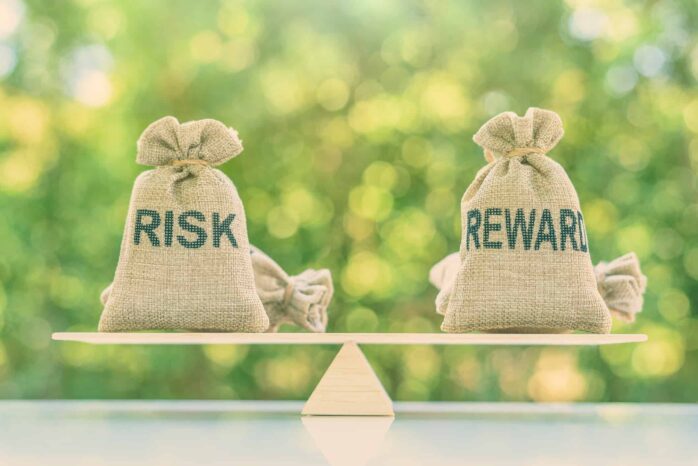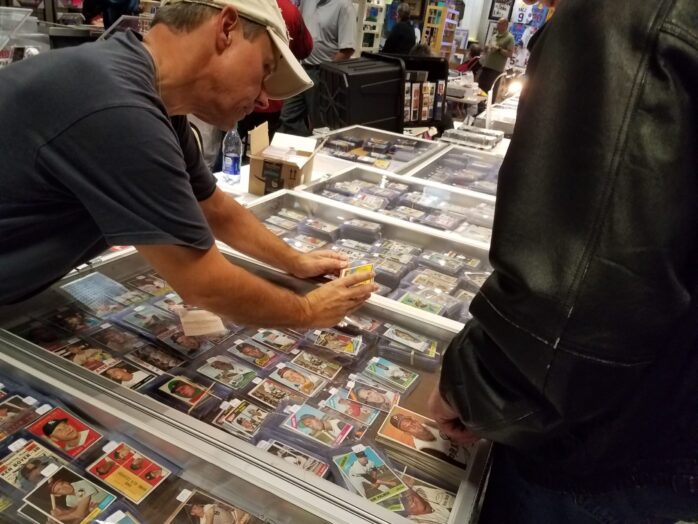In the past, collecting sports memorabilia was primarily seen as a hobby for passionate fans who enjoyed gathering a personal collection of their favorite sports teams or players.
However, over the years, collecting has evolved into a serious investment opportunity, with collectors seeing their collections as more than just a hobby but also a valuable asset. As a result, the market for sports memorabilia has grown exponentially, attracting collectors and investors looking to diversify their portfolios.
Today, this hobby involves more than just acquiring items for sentimental value. Collectors now consider various factors, such as rarity, authenticity, and condition, when evaluating an item’s worth.
With the rise of online marketplaces and auction houses, it has become easier for collectors to track down and acquire unique and valuable pieces. For example, you can check here if you are interested in buying signed football jerseys.
This article will explore the evolution of collecting these pieces from a casual hobby to a profitable investment.
Contents
How It All Began?

Sports have always held a special place in people’s hearts, and collecting memorabilia is a natural extension of that passion. Collecting these artifacts began in the early 20th century when baseball cards were first produced and sold to promote the sport.
Soon, other types of artifacts, such as autographed balls, jerseys, and photographs, were also being produced and traded among fans. Initially, collecting these items was simply a way for fans to show their love and support for their favorite teams or players.
However, as more items became available and more people joined the hobby, it became clear that these pieces held a sentimental and cultural value that transcended the game.
The Rise of Sports Items as a Valuable Asset

In recent years, there has been a significant shift in how people view sports memorabilia. While many still collect for personal enjoyment, many collectors and investors now see sports memorabilia as valuable.
As a result, the market for sports memorabilia has expanded, with items selling for hundreds of thousands or even millions of dollars. That has attracted traditional collectors and investors looking for alternative assets to add to their portfolios.
As a result, many treat sports memorabilia as a serious investment with the potential for high returns.
Moreover, that is one of the reasons why so many fans are trying to get some items while watching games. For example, a signed ball, jersey, or a photo with some superstar. Commonly, these items will end up on eBay or some other platform after the game.
The Factors That Determine Value

Several factors come into play when determining the value of various sports items. Rarity and authenticity are critical considerations, as items that are one-of-a-kind or signed by a significant player can fetch high prices. Condition is also crucial, as items that are well-preserved and free from damage will generally command a higher value.
Historical significance can also add to its worth, such as an item’s connection to a notable moment in sports history. Finally, the sport’s popularity or player represented by the item can influence its value, with items related to more popular sports and athletes commanding higher prices.
Moreover, different items from the same popular player may have different values. For example, a signed jersey, ball, or other items from some finals or other important game will have a much higher value.
The Risks and Rewards of Investing

While investing in sports artifacts can be profitable, it has risks. As with any investment, there is no guarantee of a return, and collectors must be prepared to hold onto items for years or even decades before realizing any profits.
Additionally, the market for sports memorabilia is subject to fluctuations, with prices rising and falling based on factors such as the economy, supply and demand, and the popularity of the sport or athlete represented.
Therefore, collectors must be prepared to do their due diligence when evaluating items and willing to accept the possibility of loss. If you are a real enthusiast in this area, the best approach is to start collecting items from new players that have the potential to become superstars.
That way, you will get many items for a low price or even for free and earn a lot of money after they reach global popularity.
How is Technology Changing the Game?

The market for these items is constantly evolving, and technology plays a significant role. Online marketplaces and auction houses have made it easier for collectors to buy and sell items, with transactions occurring across borders and time zones. Digital collectibles, such as NFTs, are also beginning to emerge as a new way for collectors to own and invest in sports memorabilia.
As technology advances, the way we collect and invest in sports memorabilia will likely change. One of the best examples is NBA Top Shot, an online platform where you can collect and trade digital cards and animations of the best basketball players.
What makes this platform unique is that the items represent the best moments. For example, an attractive dunk, a three-pointer, or some other action made by a superstar.
The Importance of Responsible Collecting

As the market for sports memorabilia grows, it becomes increasingly important to address issues related to ethics and authenticity.
In recent years, numerous cases of fraudulent memorabilia have been sold to unsuspecting buyers, which has led to a loss of trust in the industry. To avoid this, collectors and investors must ensure that the items they buy are genuine.
Furthermore, responsible collecting and investing involve being mindful of the industry’s environmental impact and awareness of issues such as cultural appropriation and exploitation. By promoting responsible collecting and investing, we can help ensure the longevity and integrity of the sports memorabilia market.
Last Words
While it started as a hobby for most people, the fact is that there is a great potential to make profit if you own a piece of clothes or some other item that belong to some popular person.
Depending on the player and the occasion where you got the item, the price can be worth thousands or even millions of dollars. In the end, the NFTs are making a huge influence on this market since now you can collect unique collections of cards and animations of superstars.
















